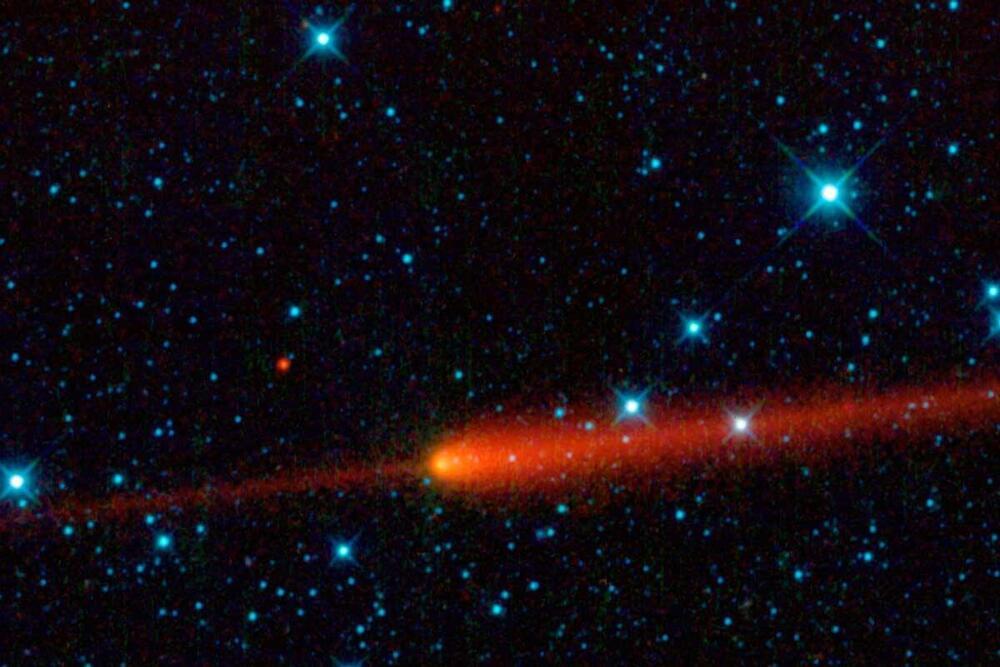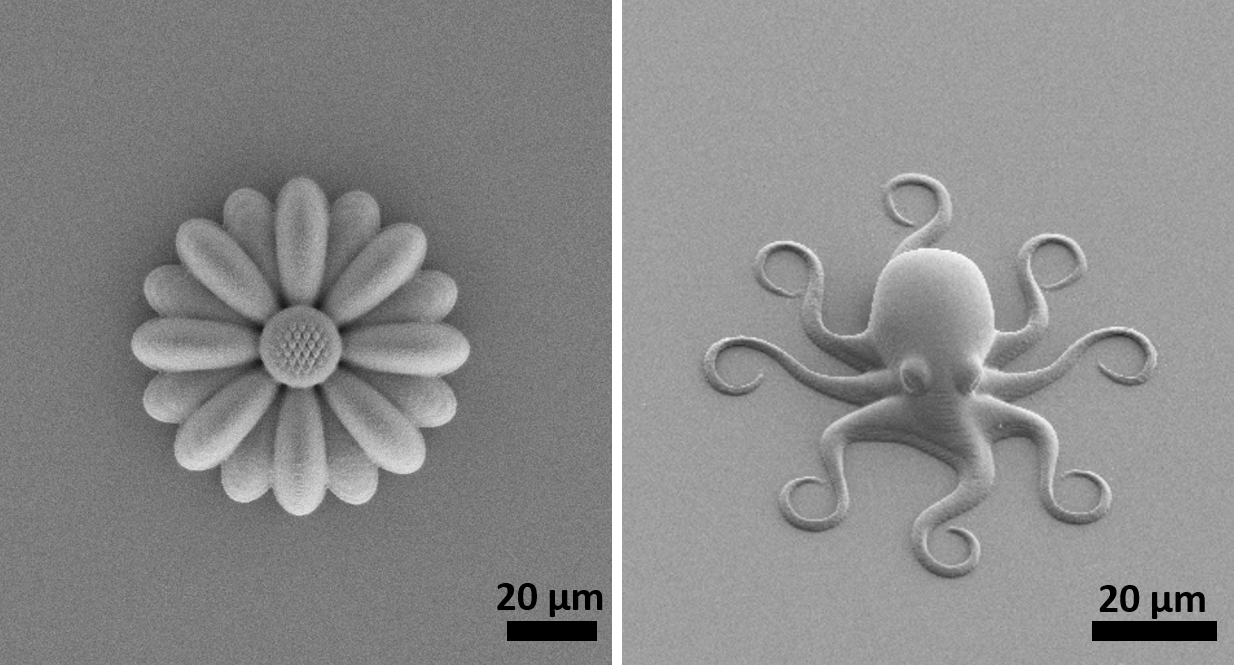One can split an atomic nucleus to produce energy, but can you also split water to create environment-friendly hydrogen fuel? Doing so currently has two drawbacks: It is both time and energy intensive.
But now, researchers at Ben-Gurion University of the Negev in Beersheba and the Technion-Israel Institute of Technology in Haifa have taken a different path. BGU environmental physicist Prof. Arik Yochelis and Technion materials science professor Avner Rothschild believe they have identified new pathways that would speed up the catalytic process they think will reduce the invested electrical energy costs significantly.
Their splitting process is assisted by solar energy, which is known scientifically by the term photoelectrochemistry, and lowers the amount of the invested electrical energy needed to break the chemical bonds in the water molecule to generate hydrogen and oxygen. Oxygen evolution – the process of generating molecular oxygen (O2) by a chemical reaction, usually from water – requires the transfer of four electrons to create one oxygen molecule and then the adding of two hydrogen molecules to make water.








